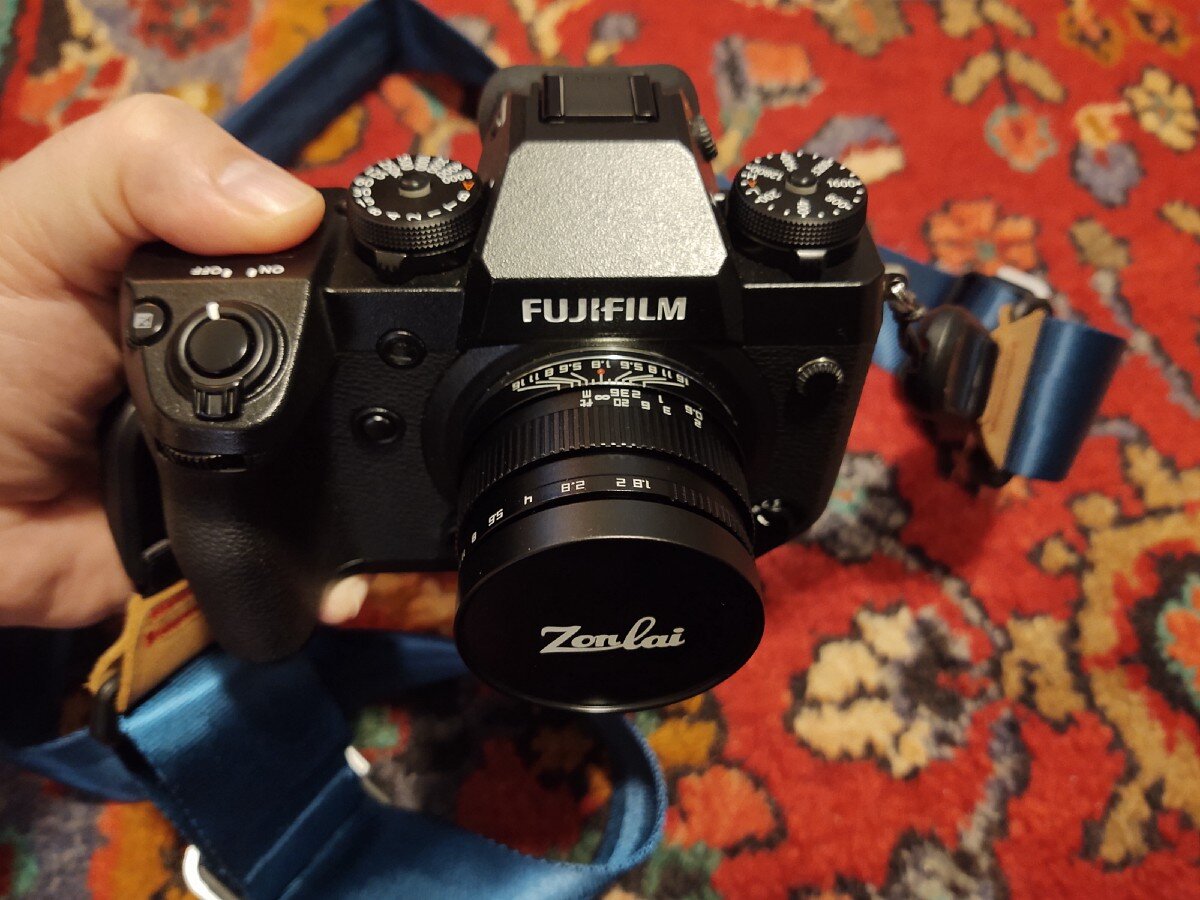Fun with the Zonlai 22mm f/1.8
The 35mm focal length is supposed to be the sweet spot for street photography. Fujifilm has a compact 23mm f/2 (35mm full-frame equivalent) prime lens that gets rave reviews, has almost instant autofocus, and is weather resistant to boot. But what if you don’t need autofocus, or you don’t have $450 burning a hole in your pocket? Third-party manual focus primes can be a great low-cost alternative, and depending on your needs, the Zonlai 22mm f/1.8 might just fit the bill.
A little over a month ago I was watching some lens review videos — one of my guilty pleasures — and caught a positive review of an off-the-beaten-path lens for the Fuji X mount: the Zonlai 22 f/1.8 prime. (“Prime” lenses are fixed focal length, as opposed to zoom lenses that have a range of focal lengths.)
I’d recently bought the Fujinon 16mm f/1.4 because I wanted to get my hands on one of the sharpest and most striking lenses in the Fuji lineup (also, it was on sale). I’m a street photographer at heart, and even though I no longer live in an urban area, my tiny three-traffic-light town has lots of great stuff to shoot if you look carefully enough. While I love the 24mm equivalent focal length for its wide-angle drama, I also wanted to get something in a more standard 35mm “street” focal length, which on Fuji’s APS-C crop sensor translates to around 23mm. I’d had my eyes on the Fujinon 23mm f/2 for a while, but after having just dropped a bundle on the 16mm, spending another $450 was not in the budget (also, it was not on sale). So I was intrigued by the Zonlai, a Chinese lens that sells for a mere $160 on Amazon, in various mount options. At 22mm and f/1.8, its focal length and maximum aperture are comparable to the Fuji that costs nearly 3 times as much, and it comes with a nice neoprene pouch and cleaning kit. Of course, like most third-party lenses for the Fuji X mount, it’s manual focus only. But Fuji lovers know this is not a problem: the electronic viewfinder and manual focus assist make shooting a breeze. I decided to bite.
The Unboxing
The first thing I noticed about this lens was that it’s tiny but with some serious heft. It’s built like a tank, and the all-metal construction exudes an almost vintage, early 1980s vibe. I was pleasantly surprised that it came with two lens hoods and caps. The standard plastic lens hood works fine, but I was particularly impressed with the all-metal gapped hood that screws into the Zonlai’s 46mm filter thread and gives it a distinctive street-camera look, while offering solid protection against bumps and drops. The only downside of the metal lens hood is that while it appears to have a front thread, it’s the wrong spacing and diameter for a standard filter.
One of the lens caps is large and solid metal, and fits snugly around the lens (sans hood), making it perfect for transporting or storing the lens. The other cap is plastic and much smaller, and uses a pinch-spring mechanism to lock onto the front of the lens when a hood is mounted. This smaller cap feels cheap and is not a great fit; it always takes me a few tries to get it to stay on the lens, and it doesn’t take much to knock it off. The manufacturer probably knows this, because they included a thin tethering thread so the cap doesn’t get lost. However, it does the job of keeping dust and grime off the lens between shots, so I put up with it.
This lens is small but heavy.
Camera Setup
While the Zonlai comes in a Fuji X mount, the connection is mechanical only, and there is no communication whatsoever between the lens and the body. As with all such lenses, there are a couple of menu settings you have to configure before you can use it on your Fuji body. The first and most important one allows shooting without a lens (you’re not really going to shoot without a lens, of course, but your camera won’t know there’s a lens attached so you need to allow it). On most Fuji bodies this option is found in the Setup menus under BUTTON/DIAL SETTING > SHOOT WITHOUT LENS. The second thing you should do is set the focal length to “022” in the Shooting menus under SHOOTING SETTING > MOUNT ADAPTOR SETTING. You don’t strictly need to do this, but if you’re using a camera with in-body image stablization (IBIS) such as the X-H1 or X-T4, stabilization works best when the camera knows what focal length you’re shooting with. Another benefit of setting the focal lengh here is that it gets recorded in the EXIF data stored with each image you take using this lens, keeping you from having to guess at it later..
Shooting
One of the reasons I wanted to try this lens was that it’s supposed to be incredibly sharp wide open, especially at close distances. One review demonstrated that it’s even sharper (and focuses closer) than Fuji’s own 23mm f/2. Its official minimum focus distance is 5.9", but it seems to be able to go shorter than that. Close-ups are razor sharp, and this is definitely a lens that begs to be pointed at nearby subjects. Confirming this notion is the focus ring, which has long, smooth action, with the first 180 degrees of turn marking just 3 feet distance, and the remaining approx. 15 degrees covering 3 feet through infinity. This makes it ridiculously easy to get accurate focus on nearby subjects, but focusing on things farther away is more of a challenge, especially wide open, since there is only a tiny gap between 20 feet and infinity.
The focus ring has a super long throw that is heavily biased toward short distances. Not visible here is the 0.5’/0.15m mark, which is located far to the left diametrically opposite the 3’/ 1m mark.
Focus Peaking
Although this is a manual focus lens, on Fuji cameras this is not a problem. Fuji offers a couple of built-in features that make manual focusing so simple and straightforward, in some cases it’s faster and easier than moving an autofocus point around and hoping the camera will get the focus right. The first and most important thing is to set MF ASSIST to FOCUS PEAK HIGHLIGHT under the AF/MF SETTING menu. You can choose from several colors; yellow is a great choice if you can’t decide. Now when you focus manually, you’ll see a bright highlight around the edges of the parts of your image that are in focus.
The second tool is FOCUS CHECK, which zooms in so you can fine-tune manual focus using the electronic viewfinder. With a Fuji lens, this can be activated automatically when you rotate the focus ring, but this doesn’t work with the Zonlai because there’s no communication with the camera. However, pushing in the rear command dial will toggle FOCUS CHECK on and off.
These two features together make focusing with the Zonlai a breeze.
Zone Focusing
There’s an even faster way to do manual focus: zone focusing. To explain how this works is beyond the scope of this article, but it’s actually quite simple. Basically you pick an aperture and a focus distance, and anything that is within a certain range of that distance will be in acceptable focus. You don’t even need to touch the focus ring while taking pictures! The Zonlai has depth-of-field markings printed on the barrel that make zone focusing easy.
Image Quality
I’m not a pixel peeper, so I’m not going to give you a technical rundown of this lens’ capabilities. (If you’re interested, check out photographer Dustin Abbot’s detailed review.) However, I was generally very impressed with the capabilities of this lens given its bargain-basement price point. Your experience may differ, but I found that for shots that require background detail, it fared much better stopped down to around f/8. I had trouble getting sharp results when focusing on the background wide-open, and this is likely due to the focus ring’s heavy bias toward short distances. Overall though, this is one sharp little lens.
Vignetting becomes noticeable especially at larger apertures, but not distractingly so. I actually like to add a bit of vignetting to most of my photos in post, so this is not a problem for me, and if you don’t want it, it can be easily corrected in software. The sample photos below had some vignetting added in Lightroom, so judge the photographer, not the lens.

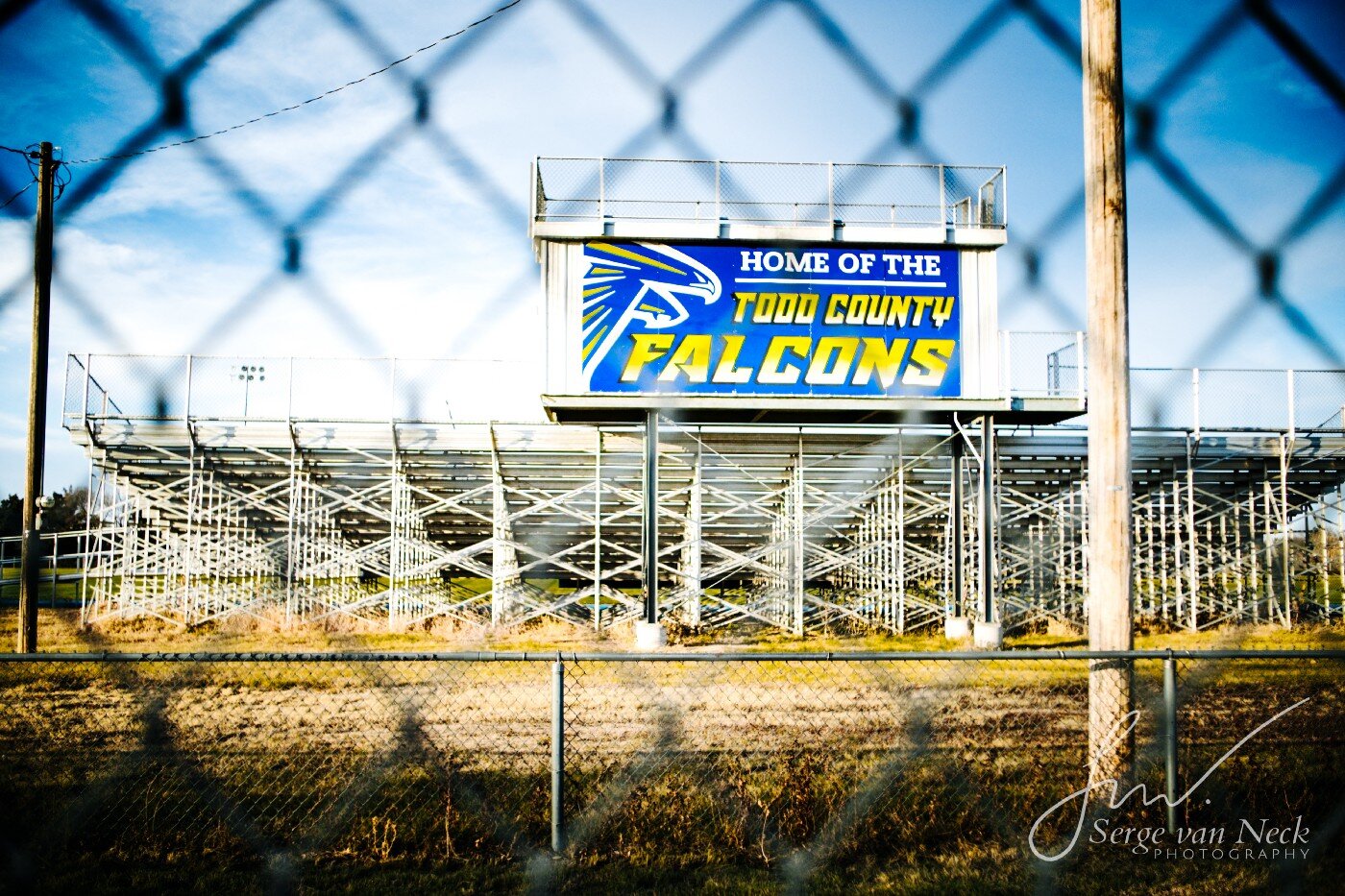

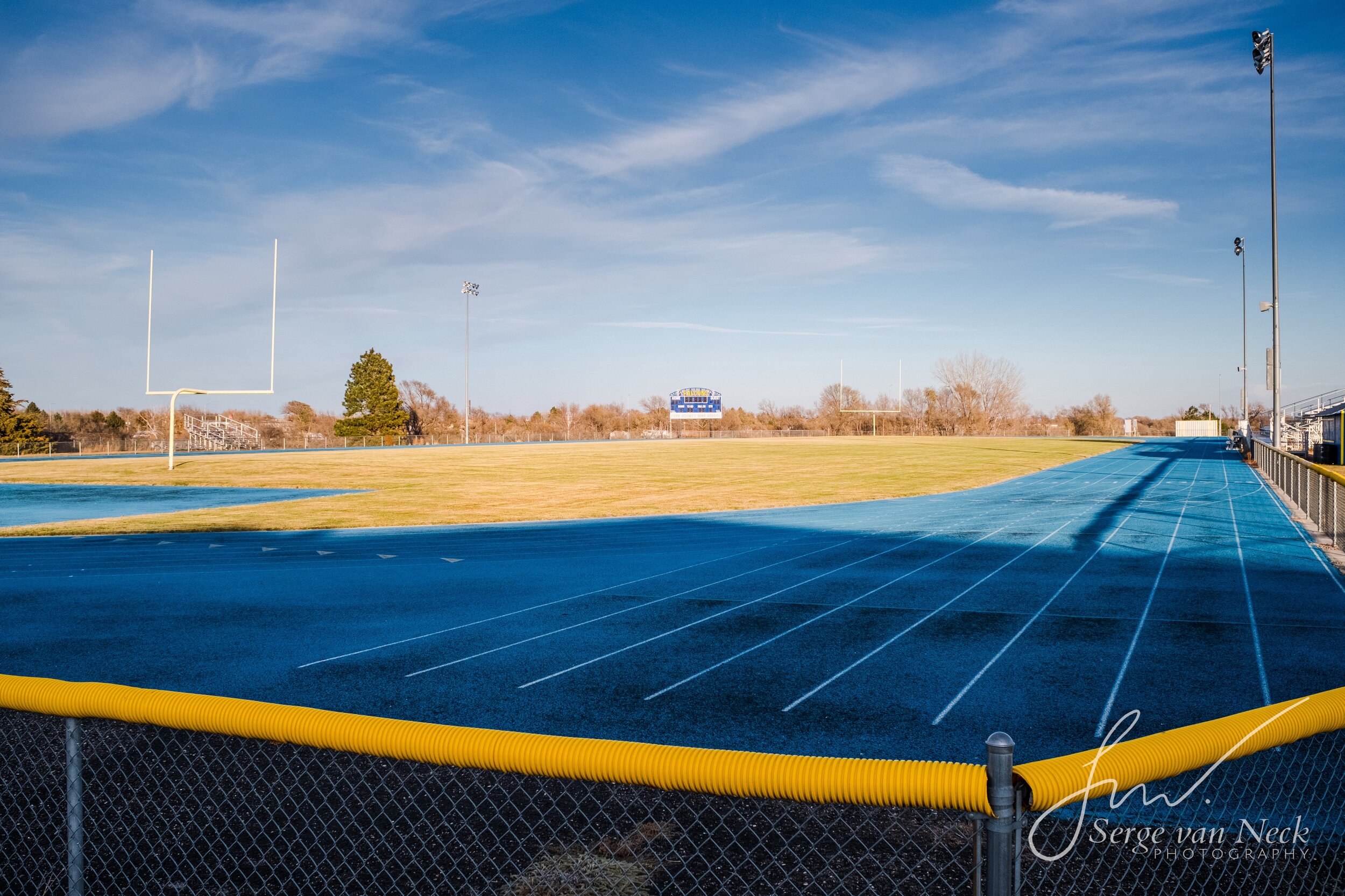
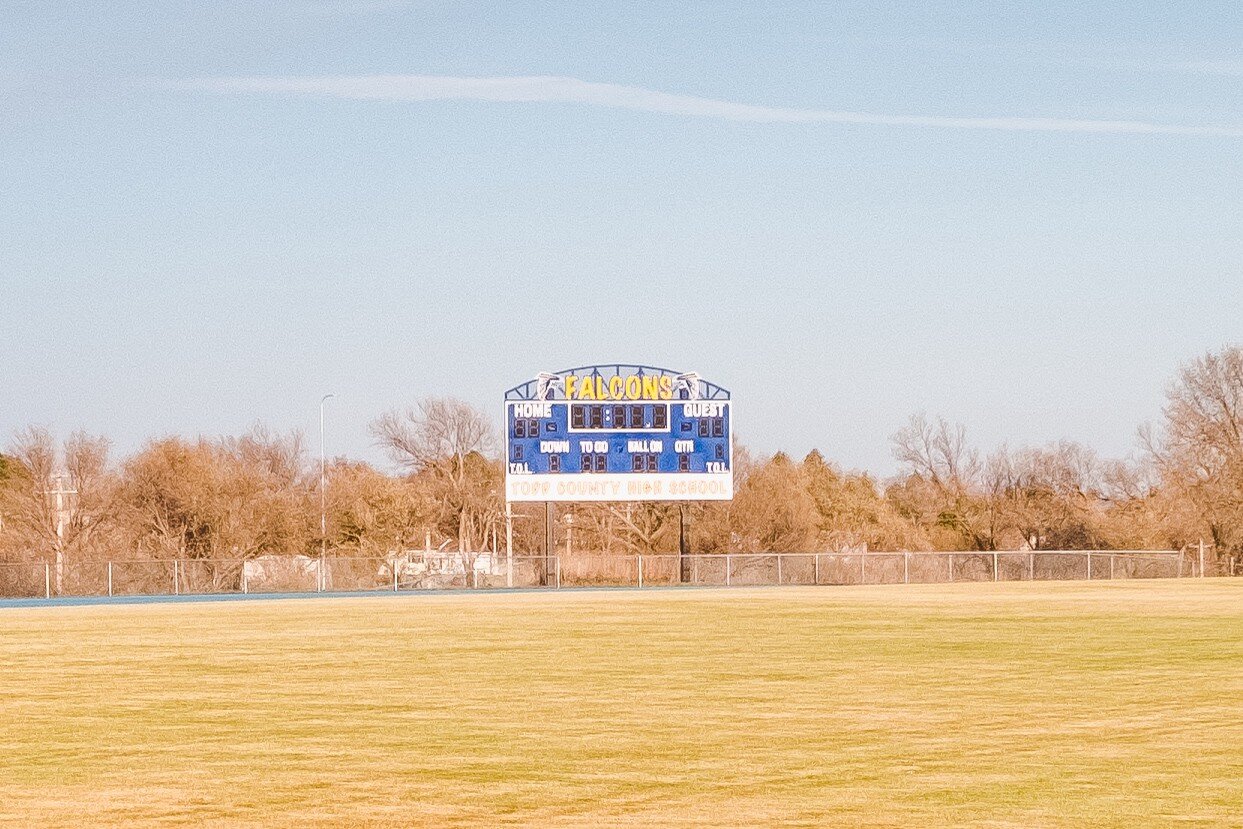
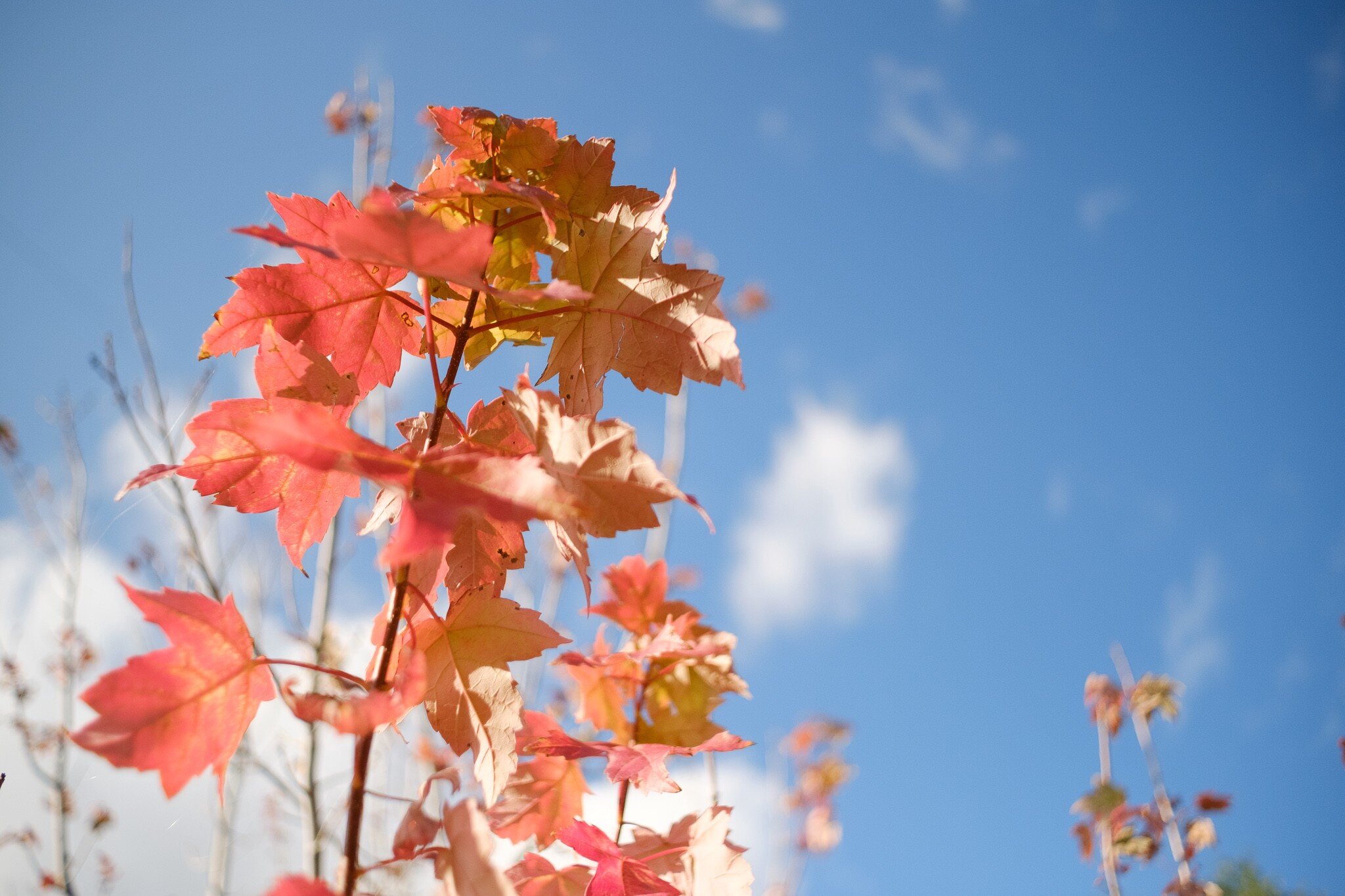
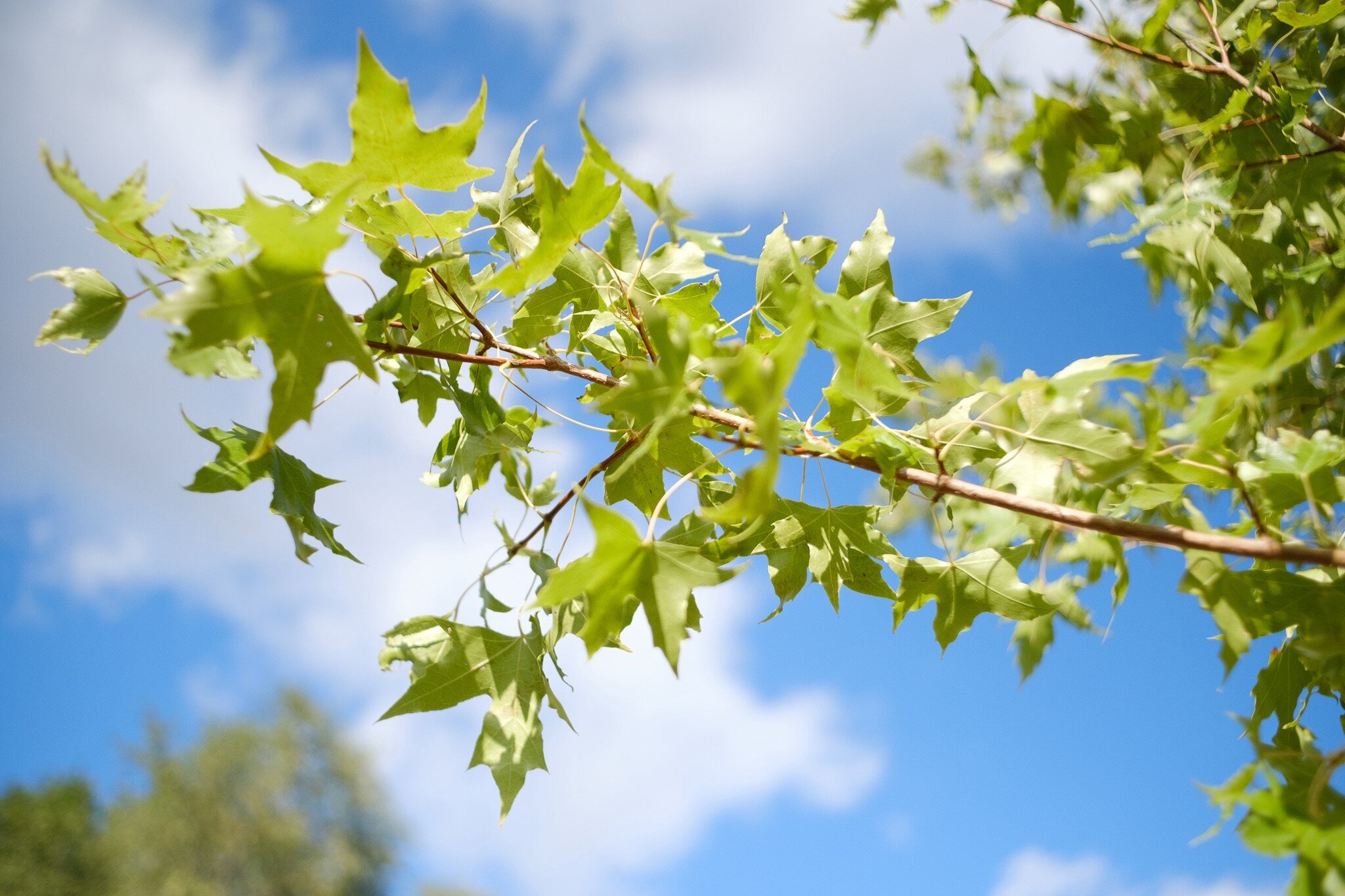
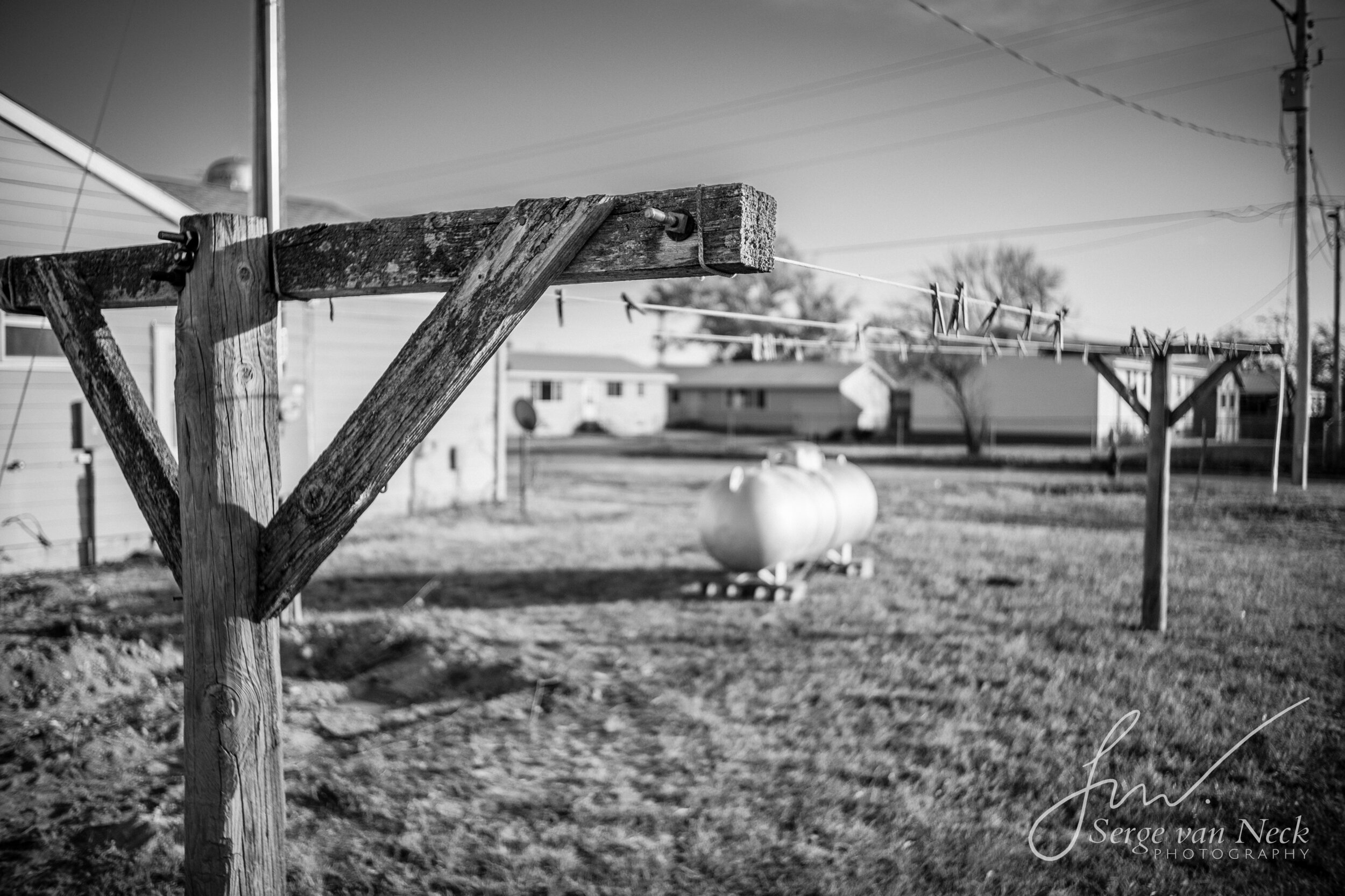
Some reviewers of this lens have mentioned inaccurate color rendering. I did notice a slight difference when compared to my Fuji 16mm, but frankly I don’t care about that since I always use some kind of in-camera film simulation recipe or Lightroom post-processing. And to the extent that the colors are a bit off, I found the effect quite pleasing.
Bokeh
With a fast lens like this, bokeh (the blurring effect seen in photos with a shallow depth of field) is an important aspect to consider. It’s not just how much blurring a lens can create, but also the quality of the bokeh. With the Zonlai, close-focus subjects are indeed incredibly sharp wide open and the background is nicely blurred, but I’d be lying if I said this lens has beautiful bokeh. In a side-by-side comparison, the (admittedly much more expensive) Fuji 16mm at f/1.8 is noticeably smoother, and pictures taken wide open with the Zonlai tend to have a slightly lo-fi look about them. Not that that’s bad, mind you; I really dig that look, and this ain’t no portrait lens. It’s perfect for edgier pictures that are meant to convey a mood. It’s one of the reasons I consider this is an excellent street lens. Here is a picture I took in my neighborhood at f/1.8 so you can see what I mean.
The Zonlai is super sharp close-up and has great bokeh, although it won’t win any beauty contests.
Size Matters
Speaking of street photography, being unobtrusive is key in that business. Taking pictures of people with a honking big full-frame DSLR attracts a lot of attention, and none of the good kind. This is why street photographers prefer compact camera bodies and smaller lenses, so as to be able to move through crowds relatively unnoticed. A big camera screams “professional photographer on assignment”, when the look you’re going for is “harmless tourist passing through, nothing to see here”.
The Zonlai’s diminutive size is a definite plus here. Even with my largish X-H1, mounting this lens makes it instantly less intimidating. And while it’s heavy for its size, it’s still a lot smaller and lighter than, say, the Fuji 16mm or 23mm f/1.4, let alone the 16–55mm f/2.8. If you mounted this lens on an X-E3 or X-T3, people might even think you’re carrying a vintage film camera.
The Zonlai looks great on the X-H1, and should look even better on an X-T3 or X-T4. It’s definitely not too big for the X-E3 but its weight might cause that body to tip.
The Upshot
If you don’t already have a prime lens in the 35mm (23mm crop) focal range, and you’re not ready to shell out full price for a Fujinon prime, the Zonlai is a great buy. I have a lot of fun shooting with it, and I think you will, too. I go on regular walks around my neighborhood and often take just this lens. Knowing its strengths and limitations lets me look for shots that make it shine. That means wide open close up, but stopped down at longer distances. Optically it’s far from perfect, but still very good. What it lacks in perfection it makes up for in character, and when it comes right down to it, I’m more inspired by character anyway.
I think I’ll still end up buying the Fuji 23mm f/2 some day, if it ever goes on sale — autofocus is really helpful when taking pictures of people on the move, and the weather resistance would make me less squeamish about shooting in the rain — or I might save up for an X100V. But in the meantime, I’m saving my money and getting creative with this fun little lens.
